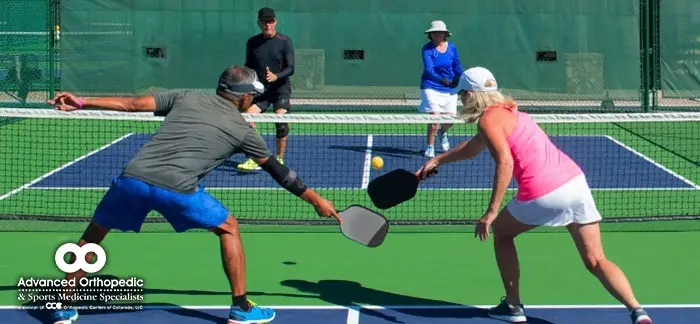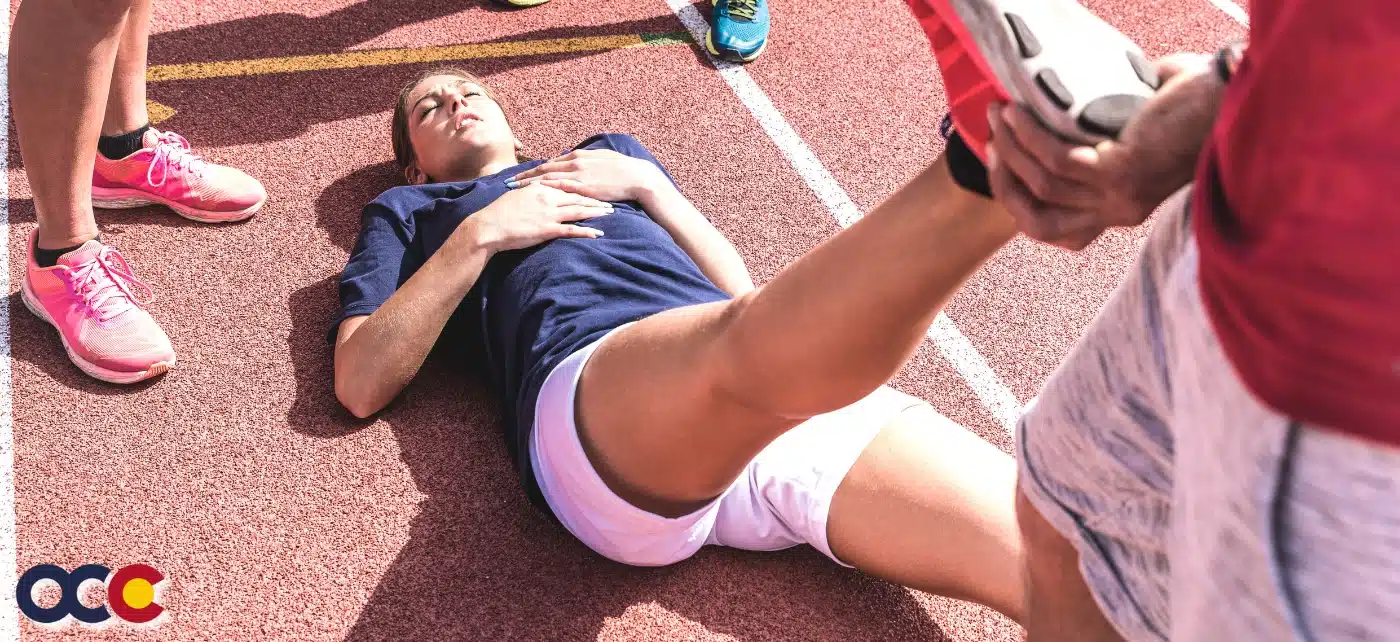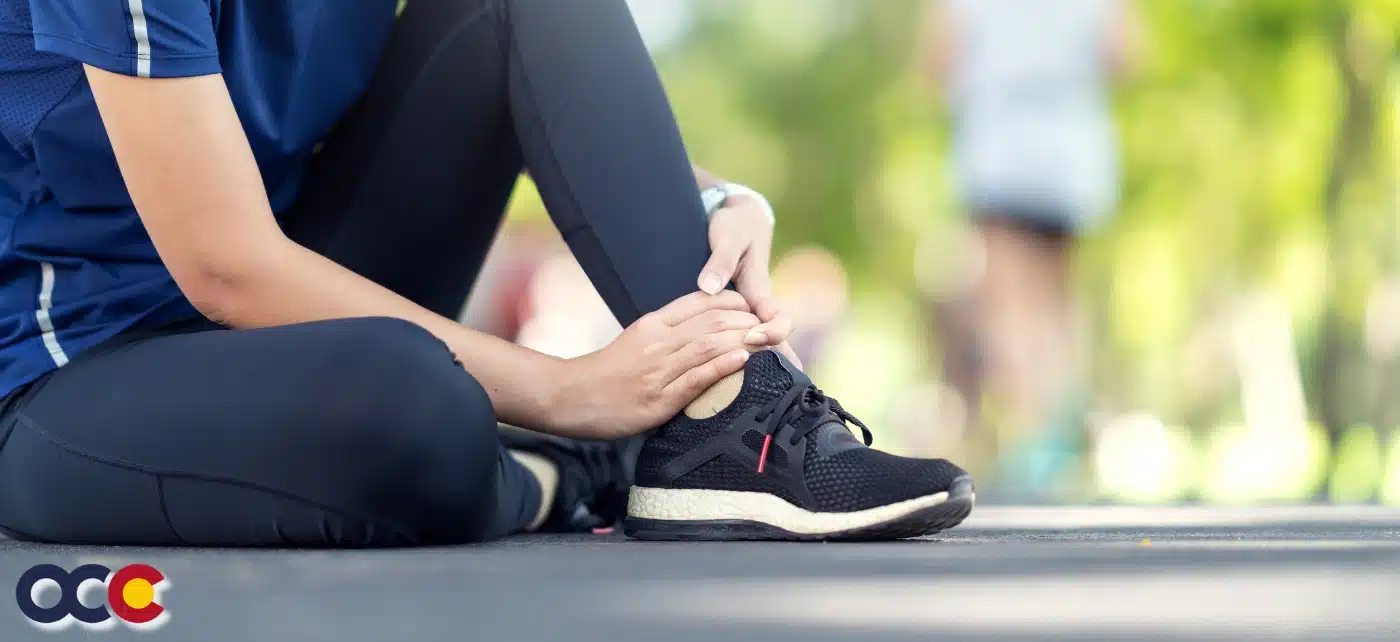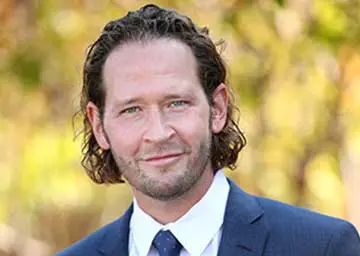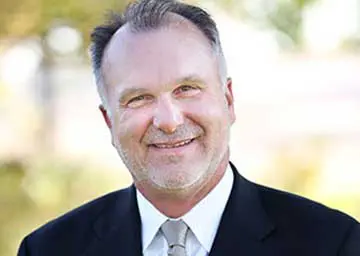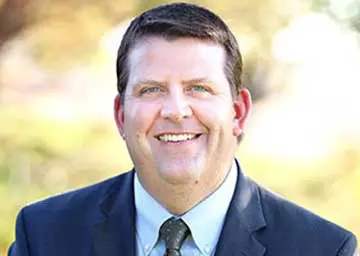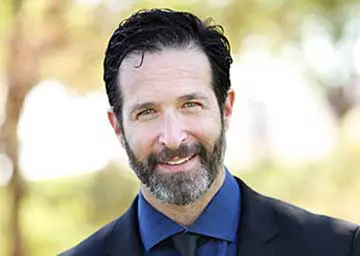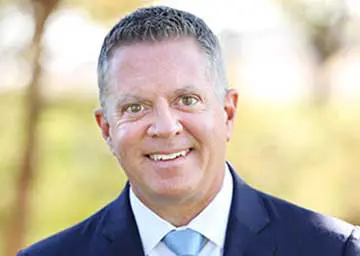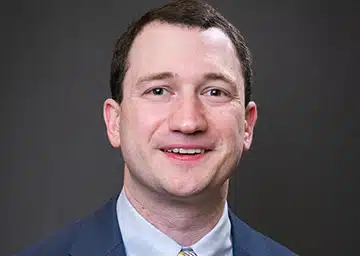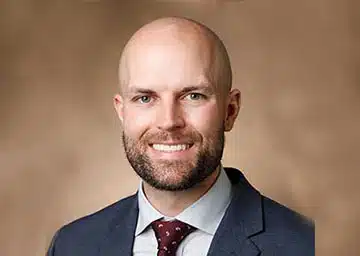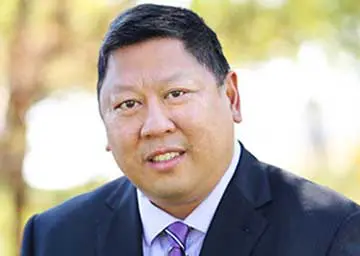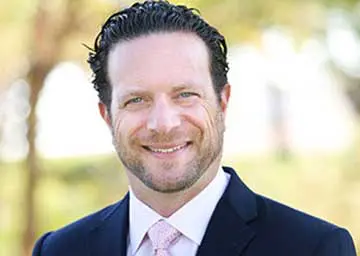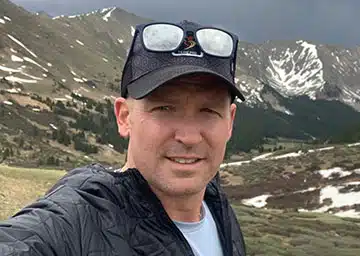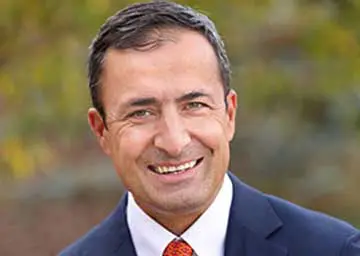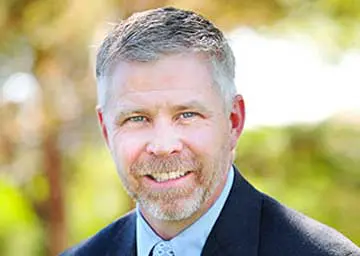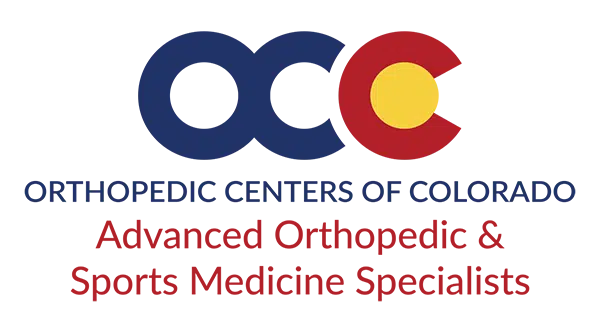Eager to get out and Be Active this summer? Between spring showers and the lingering impacts of a full year of quarantine life, many people are more excited than ever to get back to sports, fitness and other activities that move them. But if a bone or joint issue has been holding you back, now may be the perfect time to partner with an orthopedic surgeon to get ready for an active summer.
Partnering with an orthopedic surgeon doesn’t mean signing up for surgery. Sports medicine specialists and orthopedic surgeons provide expertise and treatment options that help everyone – from weekend warriors to competitive athletes – get back in the game while minimizing the risk of injury.
The most advanced orthopedic surgeons offer a holistic approach to your health including services such as physical therapy, sports medicine and sports injury prevention, non-surgical treatments and advanced and complex surgeries.
By taking a multidisciplinary approach to each patient’s treatment, providing one-on-one personalized care, and using hands-on, evidenced-based techniques, orthopedic surgeons help patients to enhance activity, wellness and performance throughout life.
Here are just a few of the ways you can partner with your orthopedic surgeon.
Physical Therapy
Once an injury has been assessed, a Doctor of Physical Therapy and their team take a hands-on approach to treatment. They provide detailed examinations and education regarding the source and cause of pain, how to relieve it and prevent a recurrence.
Each individualized treatment plan includes progressions and reevaluations that work with your needs, strengths and goals. By using evidence-based medicine that includes manual and manipulative therapy, exercises designed for specific injuries or damage, and the latest technology such as Trigger Point Dry Needling, physical therapy can help to reduce pain, rebuild strength, reduce inflammation, and improve range of motion, and is a great non-surgical method to achieve lasting effective pain relief.
Sports Medicine and Sports Injury Prevention
Regardless of age, if you’re injured, you should stop playing sports until you can be treated. Continued play or exercise can increase the damage and, in some cases, can cause serious additional injury.
By simply giving our bodies the rest they need, many people can recover from injuries with basic treatment such as the RICE (Rest, Ice, Compression and Elevation) method to relieve pain, reduce swelling and speed healing. Anti-inflammatory pain relievers, knowns as NSAIDs (think Advil or Aleve) can also provide pain relief and reduce swelling as you heal. But be careful not to use any kind of pain reliever to mask the pain of an injury as a way to keep playing.
Sports medicine specialists have specific expertise in sports-related injuries and a variety of procedures and therapies to both help prevent injury and aid in recovery and rehabilitation.
This includes techniques such as strength training of the injured or surrounding tendons and muscles to project a vulnerable joint, working on proper stretching, warm-up and cool-down methods, managing and maintaining a healthy and appropriate diet for the athlete’s age, condition and individual needs, and more. While surgery is sometimes required, other non-surgical options are typically explored first.
Bone Health
Often called the “silent disease,” osteoporosis typically shows no symptoms in its early stages. But your risk of breaking a bone increases as the disease progresses, as does the risk of losing height or having back pain due to compression or fractures in the spine.
While 1 in 2 women, and 1 in 4 men over the age of 50 will break a bone due to osteoporosis, you don’t need to take these stats sitting down. Osteoporosis is preventable and treatable! If you have had a broken bone as an adult or have other risk factors for osteoporosis, it’s important to partner with an orthopedic surgeon who is also a bone health specialist. They work with each patient to assess the risk of osteoporosis and can conduct a bone scan called a DXA. DXA scans are recommended every two years for the following populations:
- Women over the age of 65, or younger with risk factors
- Men over the age of 70, or younger with risk factors
- Anyone over the age of 50 with a broken bone
- Anyone with 1½ inches of height loss
- Anyone with back pain due to a possible break in your spine
If you have low bone density, measures can be taken to help prevent falls and broken bones, and medications may be helpful to prevent future fractures to allow you to continue your active lifestyle.
What if I Really do Need Surgery
If a surgical solution is the best option for your needs, it’s important to partner closely with your orthopedic surgeon to ensure you have the best experience from introduction to recovery. A diligent and caring surgeon will work with you to carefully evaluate all options for your circumstances and ensure that you have a shared and realistic understanding of your post-surgery goals.
Your surgeon, along with their expert team, will help you navigate every step of the process to maximize your recovery potential and ensure you are an active participant every step along the way.
About Advanced Orthopedics and Sports Medicine Specialists
Ready to partner with an orthopedic surgeon to be active again? With 15 Board Certified Orthopedic Surgeons, two Board Certified Podiatric Surgeons, and one Board Certified Interventional Physiatrist, there’s sure to be a specialist that’s just the right fit.
Advanced Orthopedic is comprised of surgeons who specialize in sports injuries, upper extremity, spine disorders, total joint replacements, carticel implantation, podiatry abnormalities, musculoskeletal disorders, and surgical and non-operative treatment of the neck and spine.
We have three locations to serve your needs. Our Denver/Lowry Office is located in central Denver, our Parker/Lincoln office is located in south Metro Denver, and our Aurora/Southlands Office is in southeast Aurora in the Southlands Shopping District. We offer state-of-the-art digital imaging at all of our facilities. For more information, call (303) 344-9090 or request an appointment.

